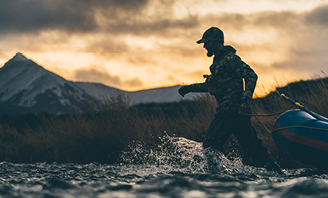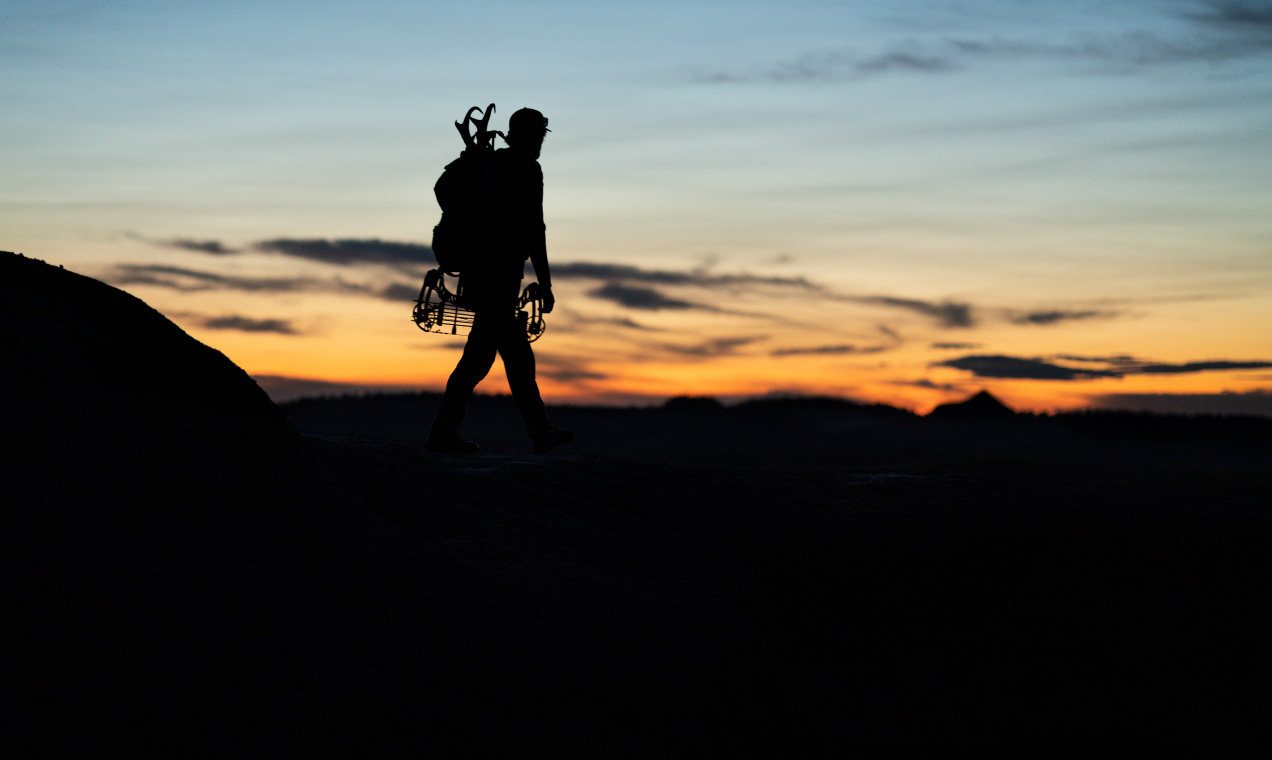Tracking With Northwoods Whitetails
Tracking With Northwoods Whitetails
The technique of tracking big bucks in the snow was given notoriety by the infamous Larry Benoit, but tracking can be traced back to the Native Americans. The concept is simple; find a buck track and follow that track until you catch up to him and hopefully, he makes a mistake providing you with an opportunity to take a shot.
This form of hunting most often happens in the big woods of the Northeast, where the only boundary encountered is the Canadian border. The deer here are sparse and they don’t follow the typical bed-to-food pattern commonly seen elsewhere. These deer roam far and wide, as cover for bedding is endless, and food sources change quickly. It’s not uncommon to hear of a tree-stand hunter in Northern Maine sitting every single day of the season without getting a glimpse of a deer. Given the environment, the best technique to increase your odds is to go find a buck with your own two feet.
The Heart of a Tracker
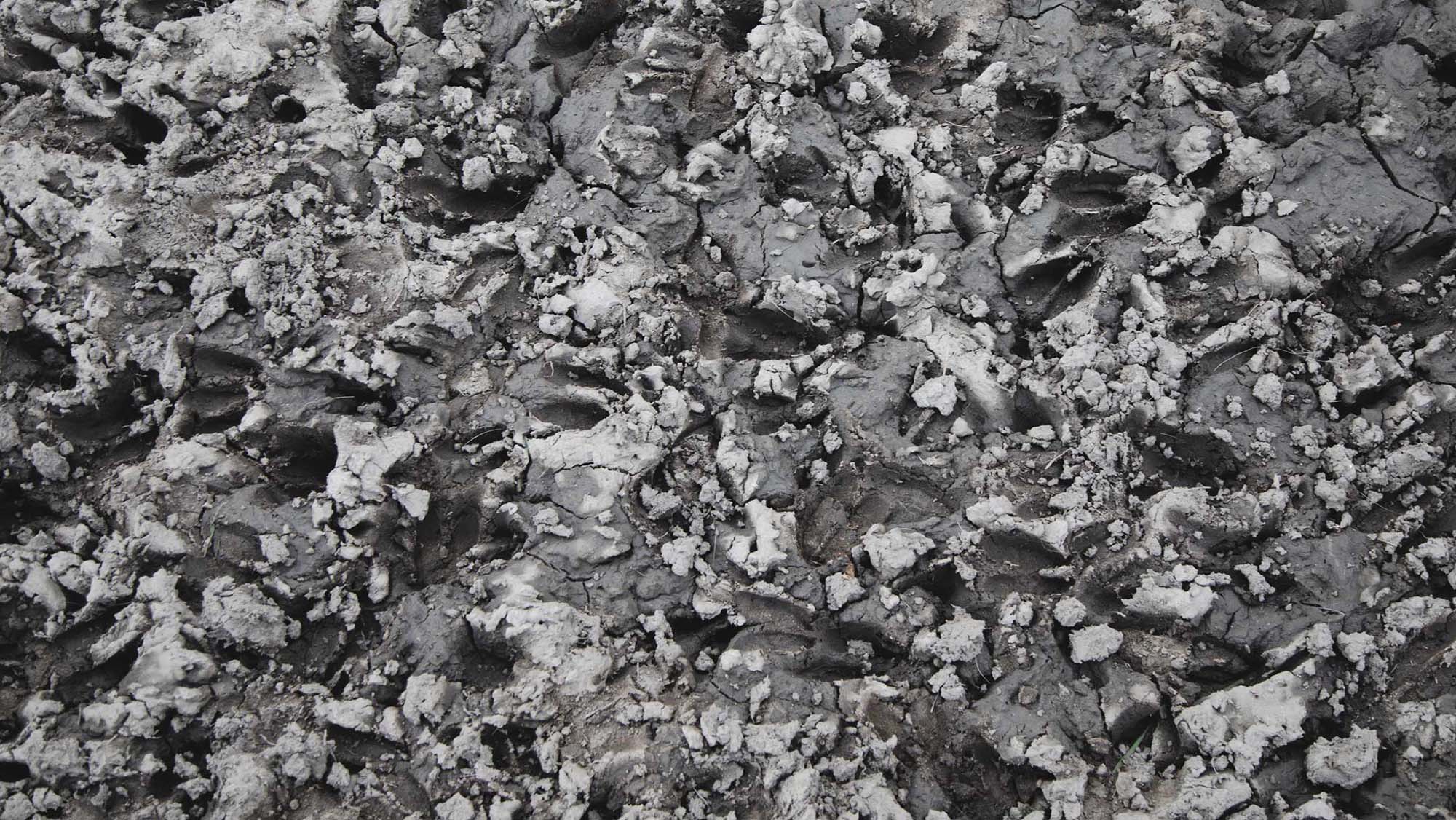


Trackers are a unique breed of hunters, a diehard cast of woodsy characters that have caught “the tracking bug”. Tracking has a way of getting under skin, it’s not just a tactic you deploy for hunting, it becomes part of you and starts to define who you are. Tracking is like most addictions, once you get a taste, you’ll want more. And sooner or later, it’s all you think about. You will start to obsess over it. You see we aren’t hunters; we are trackers.
Have you ever looked at a distance ridge and wondered what is on the other side of that ridge, if you take a buck track there is a good chance that you will find out. This sense of adventure is what I think makes tracking addicting, you never know where you are going to end up and you can bet ya that buck is going to take you somewhere you have never been before.
When you do finally catch that ridge runner, you know you beat him at his own game and on his turf. You didn’t deploy the latest scent technology or camo patterns; you went out there and you ran that buck down. It certainly not easy, and more often than not, that deer will outwit you. But if you keep after him, he may make a mistake for just a few seconds, but that’s all it takes, and you’ll be ready.
TRACKING THE "BIG BUCKS"
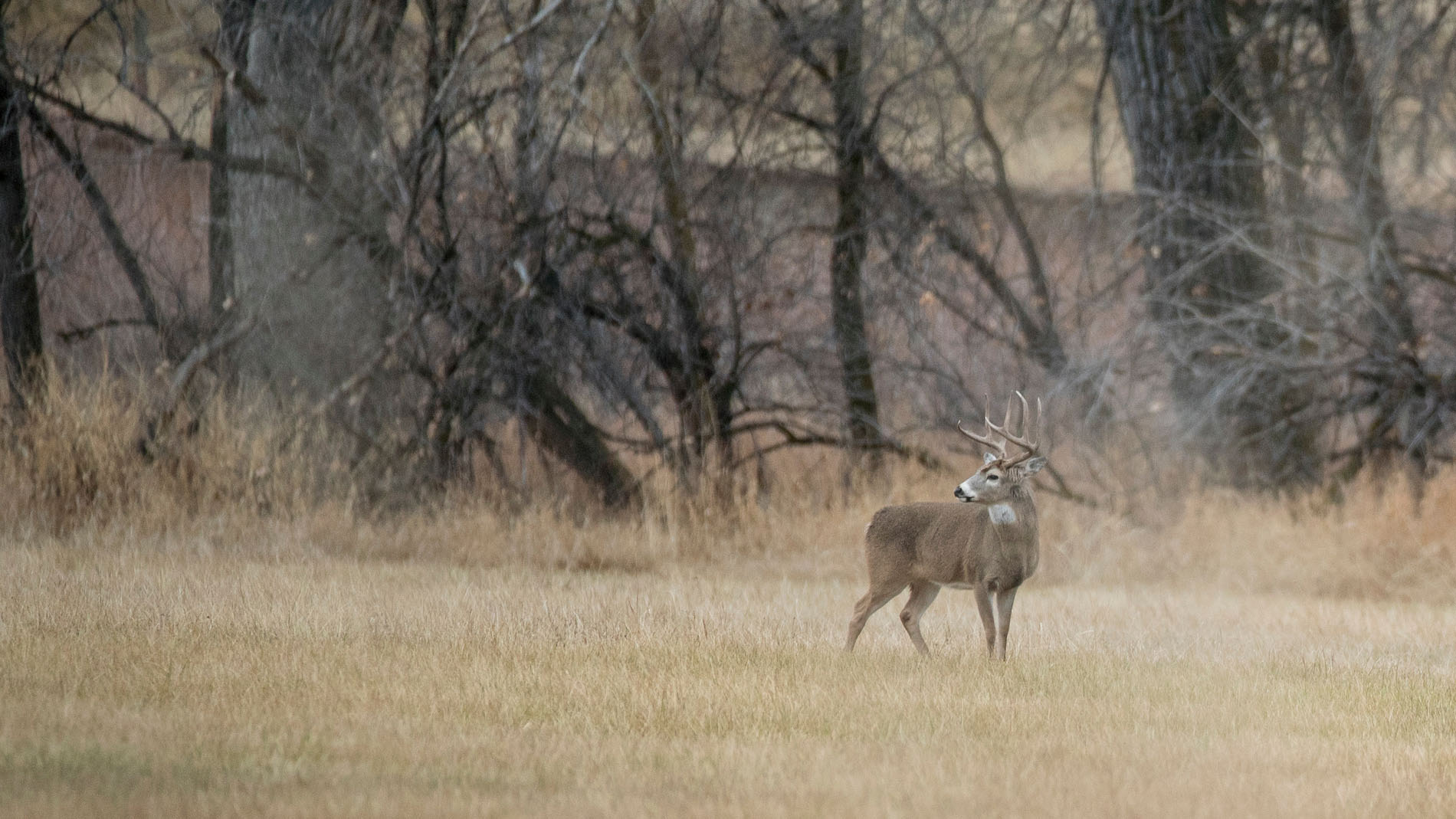


Trophies referred to as "big bucks" in the tracking world are not defined by the size of the antler’s but by the weight of the deer, this is in part due to where we hunt. In the far northern reaches of the eastern U.S. Bergmann’s Rule is on display.
For those unfamiliar, Karl Bergmann was a biologist, who in 1847 wrote that generally "larger species live farther north and the smaller ones farther south," This led to the rule that individuals in populations of the same species in warm climates tended to be less massive (smaller and lighter) than individuals found farther from the equator in colder regions.
This means our chances of ever killing a 160+ inch deer are slim to none -- and that’s okay. We are in pursuit of the experience and being the king of the woods. Remember it is the weight of the buck that is going to win more fights than the size of its horns and, as Larry Benoit once said, “I’ve never had a good bone soup”.
A FEW TIPS TO GET YOU STARTED
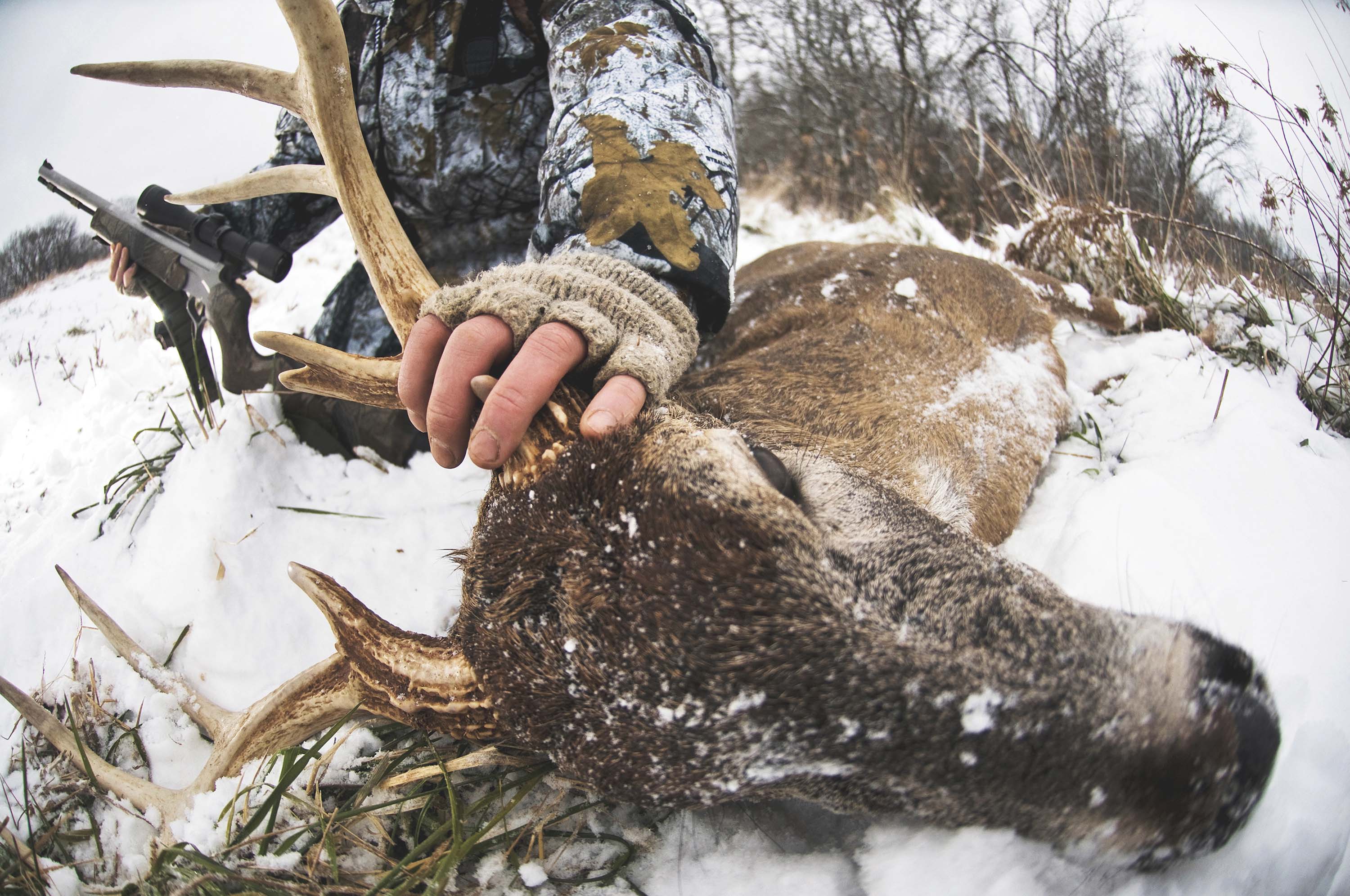


1. HEAD TO THE LARGEST PUBLIC HUNTING LAND IN YOUR AREA on the next fresh snowfall. Forget wind direction and scent control as you will have no control over these factors while in pursuit on foot. All you’ll need is a gun, a scope, and some clothing and boots that will keep you dry, preferably wool.
2. HIKE TO AREAS YOU THINK THE DEER WILL BE TRAVELLING such as food sources, pinch points, etc. When you find a track that makes you curious as to what deer made it, follow it.
3. THINK OF YOURSELF AS A DETECTIVE. That buck is leaving behind all kinds of clues. How long ago was he standing where you are now? Is he feeding? Is he locked on a doe? is he lining out to find his next receptive lover?
4. MAKE A PLAN to catch the buck using the clues you’ve gathered. If the track is smoking hot (fresh) and he is feeding, you know he is close. If the track is older, or he is lining out, it’s time to roll up the sleeves and make up some time on him.
5. MOVE SLOWLY AND INTENTIONALLY, visually inspecting every inch of woods after each step. You might only see a tip of an ear or a flick of his tail, but that’s all you need. If he spots you before you spot him or you take one wrong step, that buck will be in next county.
6. NEVER QUESTION CATHCING THAT BUCK. If you do, you’ve already lost him. That buck is stronger, faster, in better shape, and is in his domain. The only thing you have in your favor is determination. Keep on him, and maybe you will be lucky enough for him to make a mistake.
PART 2: A Month in Pursuit of Northeast Whitetail
Once you take your first track, we think you will quickly develop the same passion we have chasing these mystical animals. Tracking provides a rare opportunity to live in the moment and interweave with the natural world, if only for a few brief moments.
Tyler Maynard • Northwoods Whitetails
#trackonedown



